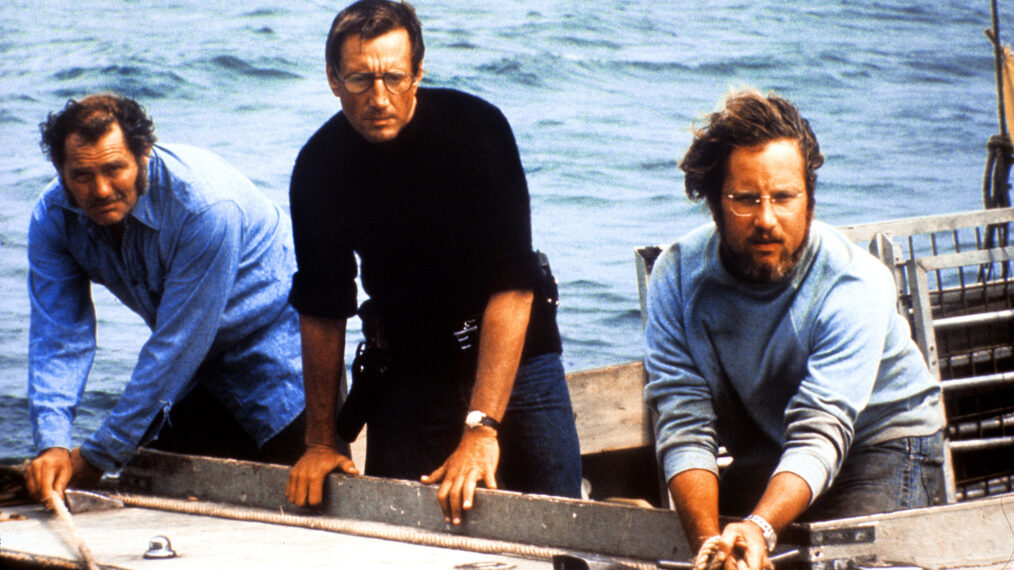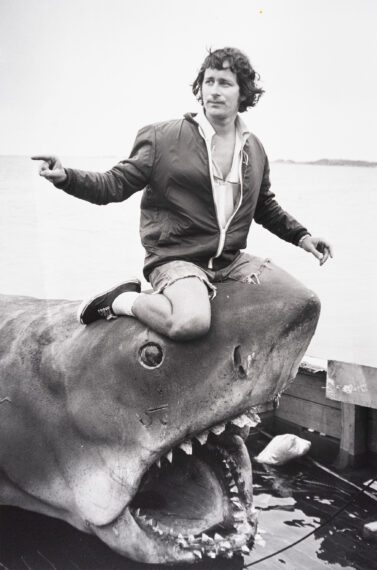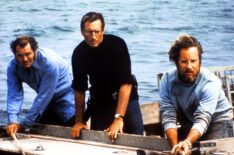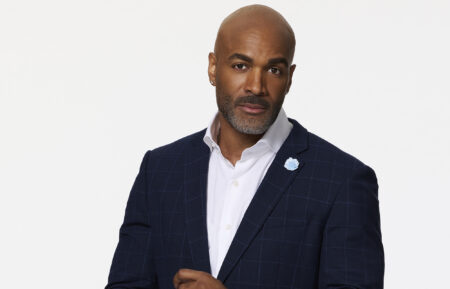‘Jaws’ 50th Anniversary: How a Disastrous Shoot Invented the Summer Blockbuster

During the last three months of 1974, three all-star-cast “disaster” movies drew fans to U.S. theaters. Airport 1975, Earthquake, and The Towering Inferno were each rousing successes.
Another film that had been set for a Christmas 1974 release was delayed for months and deemed a disaster of a whole different kind. Helmed by a fledgling director whose ideas seemed too big for his budget, it was plagued by crippling problems with special effects, a difficult shooting location, and gnawing doubts from its producers.
And yet, somehow, upon completion, director Steven Spielberg‘s Jaws became an absolute action-horror winner.
But it wasn’t the astonishing quality alone that made Jaws the monster hit of 1975. It was also the new way Universal chose to market it, with the company making the most of the delay to promote the film as the perfect summer movie. And with its success, Jaws 50 years ago birthed what we’ve come to know as the summer blockbuster.

Steven Spielberg on the set of Jaws (Universal Studios Licensing)
How big a hit was the film? In 1974, Airport 1975, Earthquake, and The Towering Inferno grossed $243 million combined. In 1975, Jaws grossed $273 million on its own, which led Hollywood to begin luring film fans into the air-conditioned comforts of multiplex theaters.
Young director Spielberg had been determined to make Jaws after seeing an early galley of author Peter Benchley‘s novel. But the filming became a nightmare to match the plot of a beach town completely spooked by the appearance of a huge and deadly great white shark. Spielberg insisted on filming the movie in the actual ocean, but the weather created plenty of obstacles. Complicating matters, Spielberg commissioned the making of several full-length mechanical sharks, but the saltwater wreaked havoc on the parts, rendering them useless on a great many filming days. It seemed as if “Bruce” — the nickname given to the sharks — would end up being the death of the film.
Many other things were going wrong as well. The script was being updated daily. The inimitable Robert Shaw, playing crusty local shark hunter Quint, took immense pleasure in annoying one of his costars, the relatively new Richard Dreyfuss (as oceanographer Matt Hooper). Top star Roy Scheider (as police chief Martin Brody) was miserable but resolved to see this thing succeed. Ultimately, every negative turned out to be a positive. The script had great, impulsive lines, the lack of a shark in most scenes gave the audience more to anticipate, the stress on the stars added tension to the film, and John Williams‘ theme, led by that frightening two-note “dun-dun,” became the sound of the summer, which still haunts, and entertains, us today.
In honor of its 50th anniversary on June 20, Nat Geo created a documentary special featuring interviews, outtakes, and never-before-seen footage providing insight into the chaos and creativity behind the making of the film. Catch Jaws @ 50: The Definitive Inside Story this Thursday on Nat Geo and Disney+.
Jaws @ 50, Thursday, July 10, 9/8c, National Geographic







